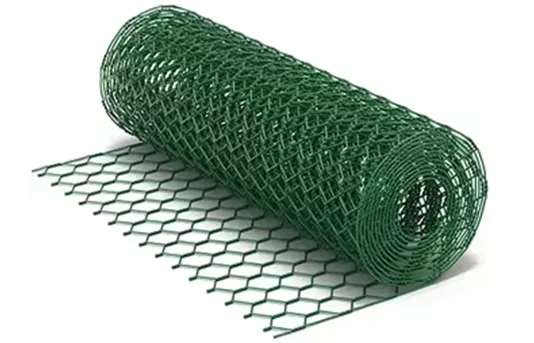-
 Phone:
Phone: -
 Email:
Email:

Understanding the Thickness of Coat Hanger Wire in Gauge Measurement
The Importance of Wire Gauge in Coat Hanger Design
When it comes to the everyday object that is the coat hanger, most of us don't give a second thought to its design or the materials used in its construction. However, understanding the gauge of coat hanger wire can provide insight into its functionality, durability, and overall quality. The gauge of wire plays a pivotal role in how well a coat hanger can hold garments, withstand pressure, and maintain its shape over time.
Wire gauge is a measurement that indicates the diameter of the wire used to create the hanger. It is typically measured using the American Wire Gauge (AWG) system, where a smaller number indicates a thicker wire. For instance, a wire gauge of 16 is thicker than a wire gauge of 20. In the context of coat hangers, the most common gauges range from 16 to 20. Choosing the right gauge is crucial because it directly affects the strength and usability of the coat hanger.
A thicker wire, such as a 16-gauge hanger, is robust and can support heavier items, making it ideal for thick winter coats or bulky garments. These hangers are often used in retail settings and commercial clothing stores where robust functionality is necessary. The strength of a thicker wire also means that it’s less likely to bend or deform, providing reliable support for long-term use.
On the other hand, lighter gauges like 20-gauge hangers are often used for lighter clothing items such as dress shirts and blouses. While they may not offer the same level of sturdiness as thicker gauges, they are still effective for everyday use and are often preferred for their lightweight and space-saving qualities. Additionally, 20-gauge hangers tend to be more affordable and easier to manufacture, which makes them a popular choice in households and for casual clothing storage.
gauge of coat hanger wire

Another aspect associated with wire gauge is the aesthetic appeal of the coat hanger. Thicker wire can often lead to a more substantial, sturdy look that conveys high quality, while thinner wire can offer a more delicate and minimalist feel. This aesthetic distinction has led to various designs of hangers, from simple metal wire to more elaborate wooden or plastic options that may feature cushioned ends or decorative shapes.
The gauge of coat hanger wire also affects the environmental impact of production. Thicker wire requires more material, which can lead to higher resource consumption during manufacturing. Conversely, thinner wire hangers generate less waste and are often made from recycled materials, appealing to environmentally conscious consumers.
Moreover, in terms of care and maintenance, it’s essential to consider the wire gauge when purchasing or using coat hangers. Using a hanger with a gauge that is too thin for a heavy garment can lead to sagging or deformation, which can warp the shape of the clothing over time. To prevent this, it's crucial to match the coat hanger’s gauge to the type of clothing you intend to hang.
In conclusion, the gauge of coat hanger wire plays an essential role in determining the hanger’s functionality, strength, aesthetic appeal, and environmental impact. By understanding the differences between gauges, consumers can make informed choices that suit their storage needs and preferences, ensuring their clothing is well-cared for and preserved. In an age where sustainability and quality are becoming paramount, selecting the right coat hanger could very well be a step towards a more organized and conscientious wardrobe.
-
Wire Mesh for Every Need: A Practical SolutionNewsJul.25,2025
-
Steel Fences: Durable, Secure, and Stylish OptionsNewsJul.25,2025
-
Roll Top Fencing: A Smart Solution for Safety and SecurityNewsJul.25,2025
-
Cattle Farm Fencing Solutions for Maximum SecurityNewsJul.25,2025
-
Affordable Iron Binding Wire SolutionsNewsJul.25,2025
-
Affordable Galvanized Wire SolutionsNewsJul.25,2025
-
Wire Hanger Recycling IdeasNewsJul.25,2025








